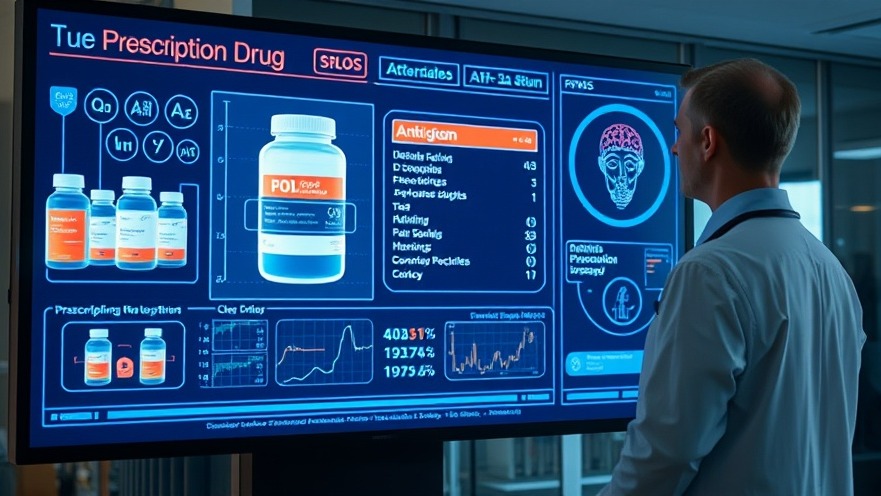
The Dawn of Sensor Technology in Clinical Trials
In the world of drug development, clinical trials stand as vital yet challenging pillars. With staggering costs reaching up to $370 million and a duration exceeding 7.9 years—particularly for phase III trials in the neurological realm—the need for innovation is palpable. Recent advancements in sensor technology now offer a transformative alternative, revolutionizing not just how trials measure patient outcomes but how they engage participants.
Understanding the Sensor Revolution
As experts like Silvia Piai from the International Data Corporation (IDC) point out, the rise of sensor-driven monitoring enhances both data collection and patient experiences. Embracing technologies such as IoT and AI means less reliance on traditional site visits and self-reported symptoms, which often lead to inaccuracies. The shift to remote monitoring not only offers convenience but improves data quality through passive, real-time collection methods that resonate particularly well with patients in remote or underserved locales.
Gaining Insights from Continuous Monitoring
While traditional trials focus on episodic data gathered during scheduled site visits—think blood pressure measured infrequently—sensor technology introduces a continuous monitoring paradigm. For instance, patients can now avoid the hassle of repeated clinic visits, as sensors provide ongoing measurements from the comfort of their homes. This evolution has proven essential in garnering a comprehensive understanding of patient responses to therapies, effectively reducing bias and enhancing accuracy.
Detailed Benefits for Neurological Research
Neurological diseases present unique challenges due to their variable symptoms and complex nature. Innovations in sensor technology hold the promise of overcoming traditional barriers in clinical trials for these conditions. Leveraging sensor capabilities, researchers can track nuanced changes—such as improvements in gait or balance—leading to more reliable trial outcomes. With the capability to quantify responses over time, trials can often terminate sooner with fewer participants needing to reach statistical significance.
Addressing Complexity with Intelligent Solutions
The integration of sensors shifts the clinical research landscape towards more efficient study designs. Facing increasing complexity in trial requirements, technology helps streamline data collection and enhance overall patient experience. By addressing the difficulties associated with challenging therapeutic areas, sensor technology ensures that researchers have access to clear, objective evidence of medication efficacy.
Empowering Practice, Enhancing Patient Care
For concierge health practitioners navigating this technological transformation, understanding these advancements is critical. Embracing sensor technologies can foster a more connected and engaged patient community. The accessibility of real-time data allows practitioners to make timely interventions and offers patients a more personalized care experience, ultimately boosting retention and satisfaction.
Concluding Thoughts
The adoption of sensor technology in clinical trials marks a significant step forward in medical research. By demolishing conventional barriers, this innovative approach promises not just to reduce costs and timelines but also enhances therapeutic understanding, leading to improved patient outcomes.
As the landscape evolves, concierge health practitioners are encouraged to delve into these advancements, explore opportunities for integration, and remain proactive in implementing technology that can elevate their practice. Exploring sensor technology can significantly influence not only your bottom line but also the quality of care provided to your patients.
 Add Row
Add Row  Add
Add 




Write A Comment